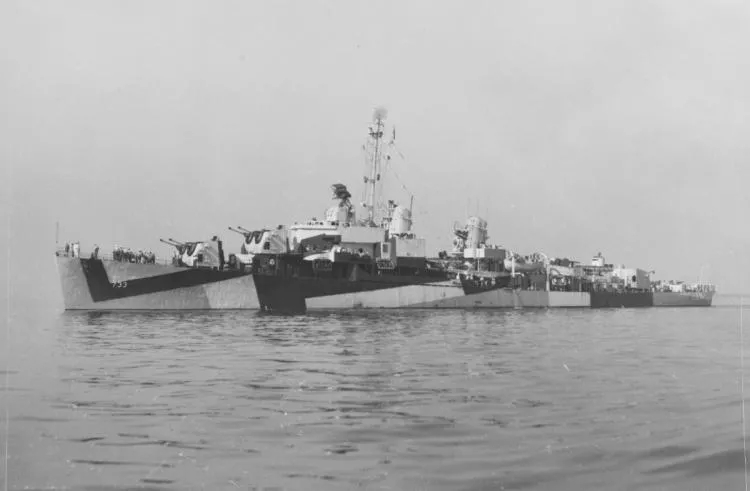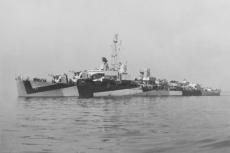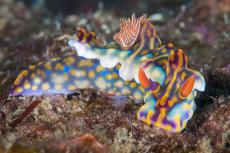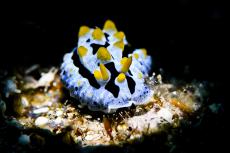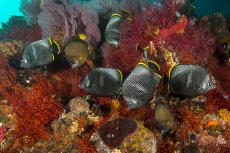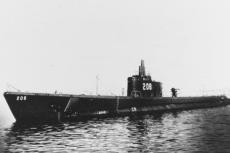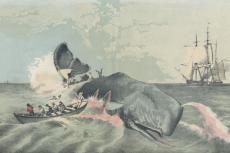Wreck site off Japan identified as World War II US destroyer
The US Naval History and Heritage Command (NHHC) confirms the identity of a wreck site off the coast of Okinawa, Japan, as World War II destroyer USS Mannert L. Abele (DD-733).
USS Mannert L. Abele (DD-733), was an Allen M. Sumner-class destroyer of the United States Navy, which was launched on 23 April 1944. On 12 April 1945, the Mannert L. Abele was operating 75 miles off the northern coast of Okinawa when enemy aircraft appeared on radar.
Despite numerous hits from 5‑inch and light anti-aircraft fire and spewing smoke and flames, a Mitsubishi A6M Zero kamikaze crashed into the starboard side, penetrating the aft engine room where it exploded.
Only a minute later, the Mannert L. Abele took a second and fatal hit from a Yokosuka MXY-7 Ohka kamikaze rocket-powered flying bomb that struck the starboard waterline abreast the forward fireroom. Its 2,600 lb (1,200 kg) warhead exploded, buckling the ship, and “cutting out all power, lights, and communications.”
Almost immediately, the destroyer broke in two. With its midship section obliterated, its bow and stern sections sank rapidly. It was the first US warship to be damaged or sunk by the rocket-powered Yokosuka MXY7 Ohka suicide flying bomb. The number of casualties in its sinking was 84.
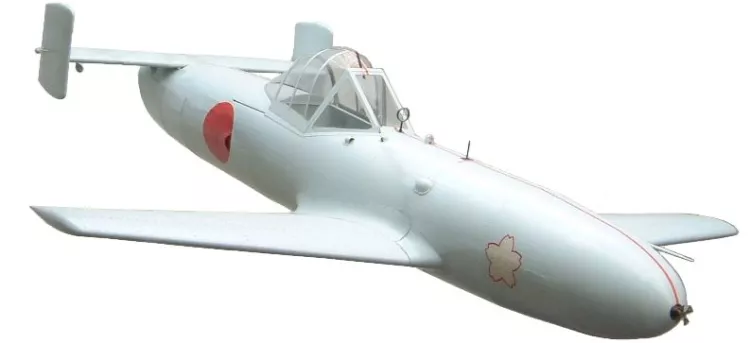
Identification
The US Naval History and Heritage Command (NHHC) used information provided by Tim Taylor, an ocean explorer and CEO of Tiburon Subsea, and Taylor’s “Lost 52 Project” team to confirm the identity of the Mannert L. Abele.
War grave
The wreck of the Mannert L. Abele is a US sunken military craft and the final resting place of sailors who lost their lives during the battle. As such, it is protected by US law and under the jurisdiction of the Department of the Navy. While non-intrusive activities, such as remote sensing documentation, on US Navy sunken military craft are allowed, any activity that may result in the disturbance of a sunken military craft must be coordinated with the NHHC and, if appropriate, authorized through a relevant permitting program.


